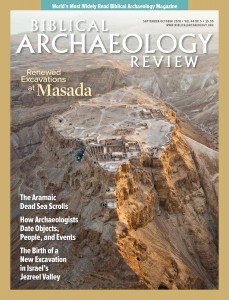First Person: The Importance of Archaeological Provenance

One of the major issues facing archaeology is the issue of provenance, or specifically the lack thereof, with regard to archaeological objects.1
The word provenance (alternatively spelled provenience) comes from the Latin provenire, meaning “to come forth, originate.” Thus, archaeological provenance refers to the verifiable information regarding the origin of an archaeological object—the dig site or location in which it was discovered, its locus, stratum, dating, etc., as well as its chain of custody, that is, who possessed the object since its discovery.
Conversely, an unprovenanced object is an object whose origin and chain of custody is unknown or partially unknown. These objects may have been looted from an archaeological site, forged, or otherwise acquired, legally or illegally, by a private collector, who often keeps the objects out of the hands of scholars. Some collectors, however, do offer their collections to scholars for study, but this process often merely increases the value of the objects for the collector, who then sells the objects for a greater profit. Other collectors sell their collections but demand that their identities be kept anonymous for fear of criminal prosecution or the stigmatic consequences of dealing antiquities on the black market.
Already a library member? Log in here.
Institution user? Log in with your IP address.

